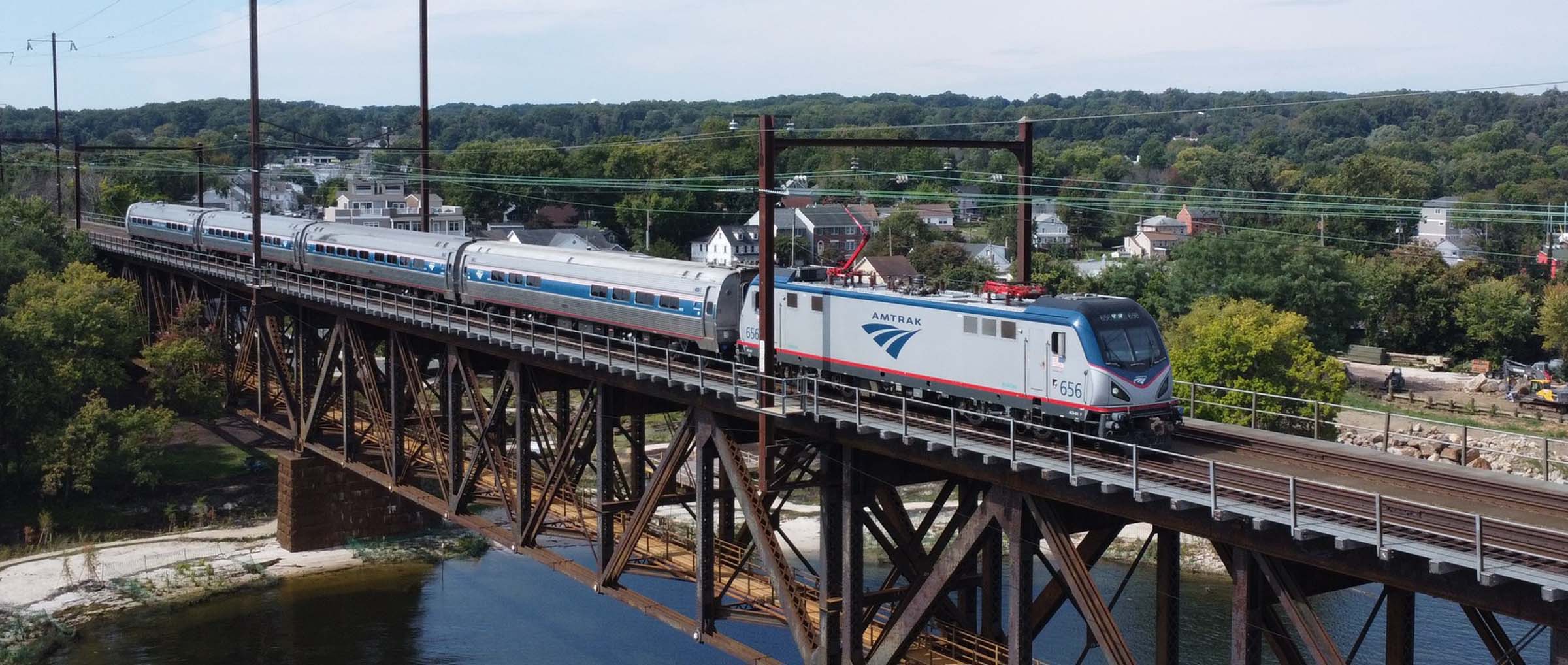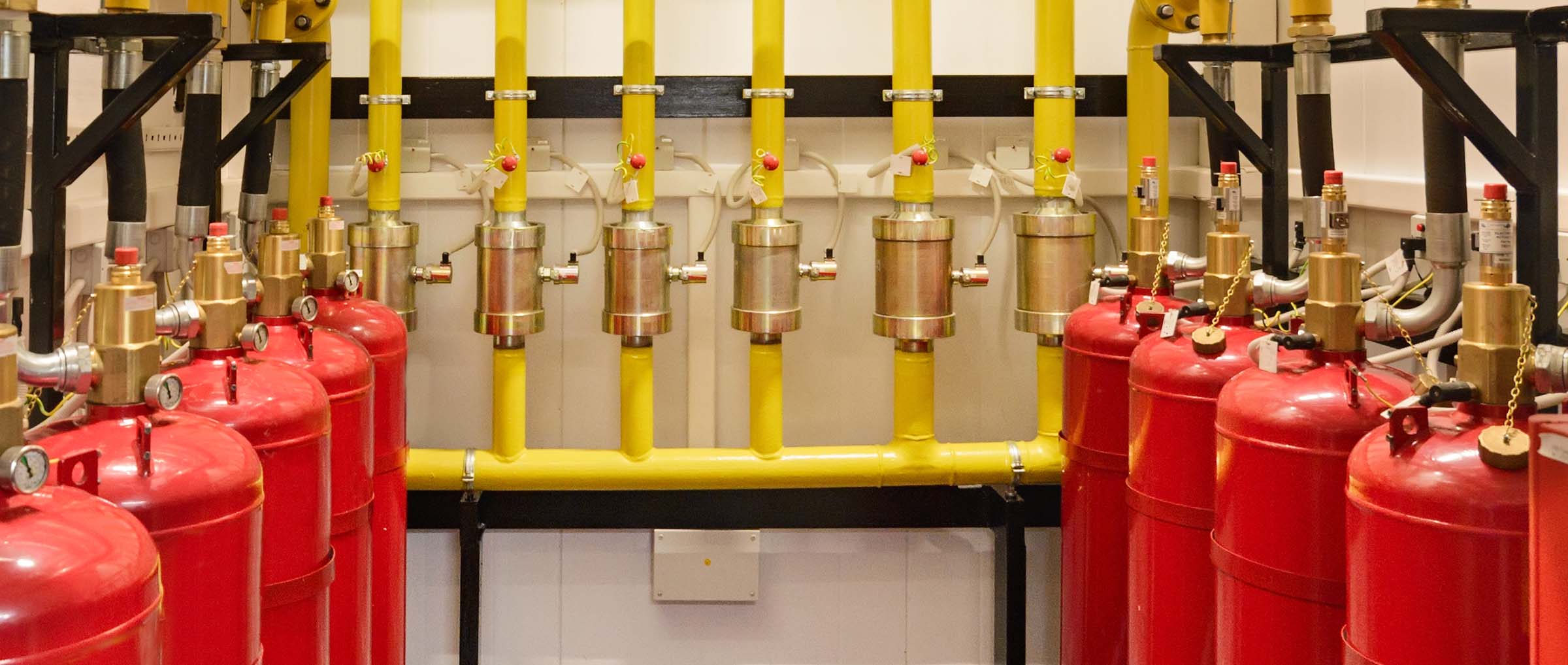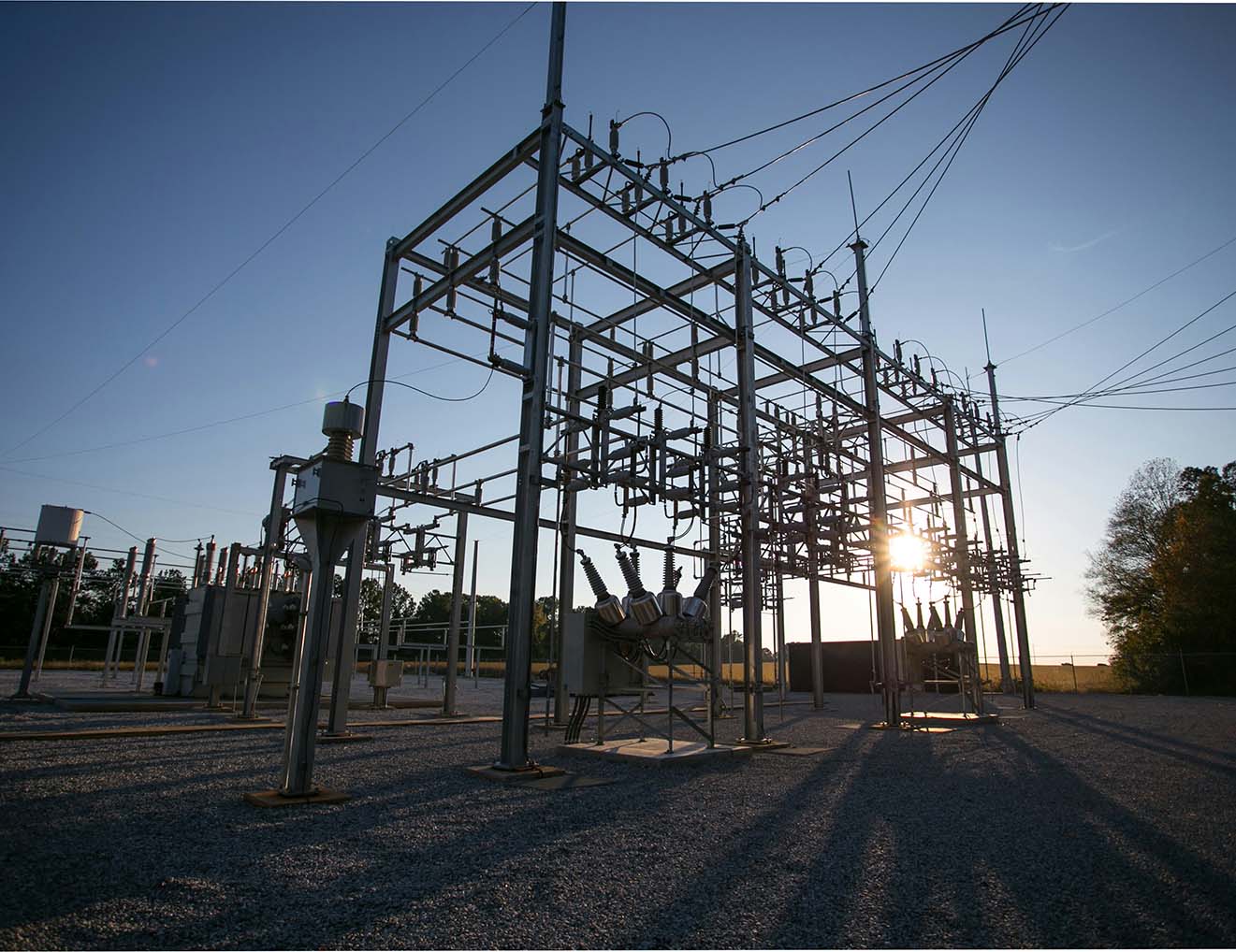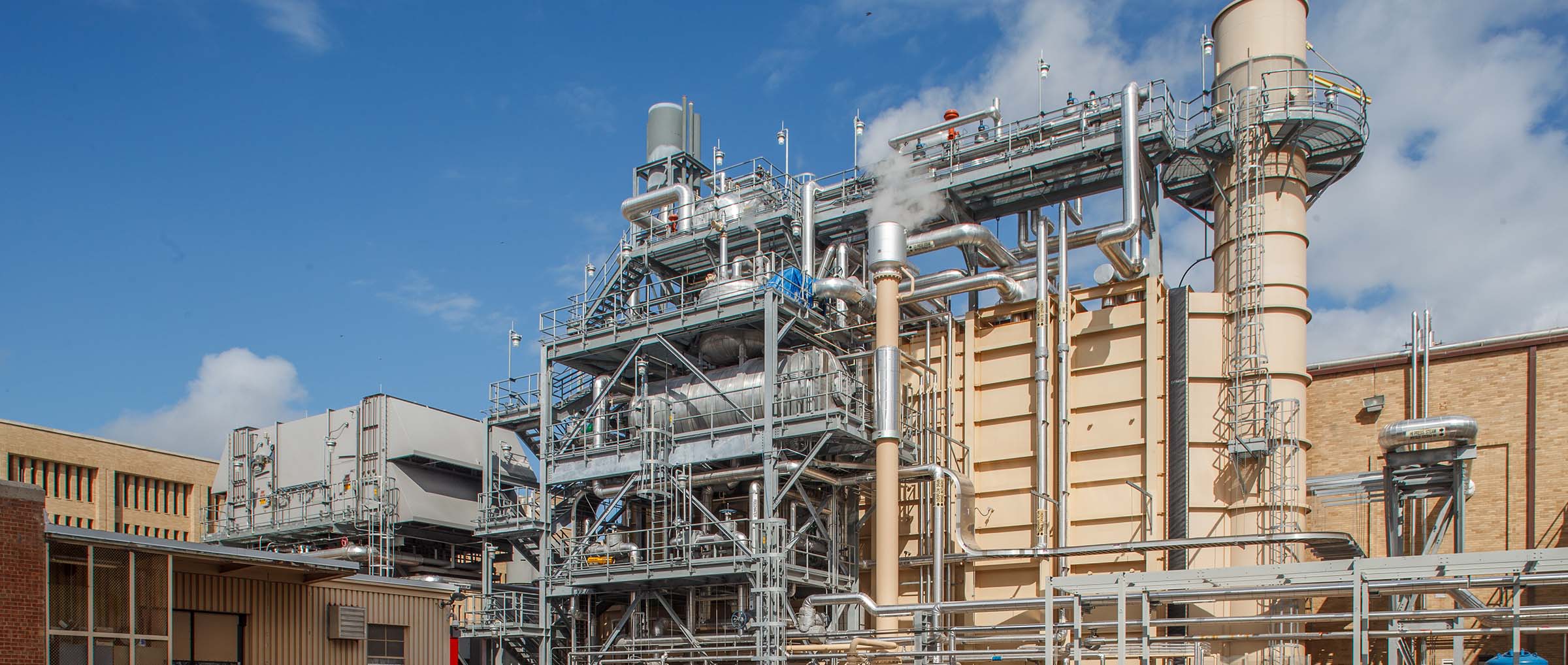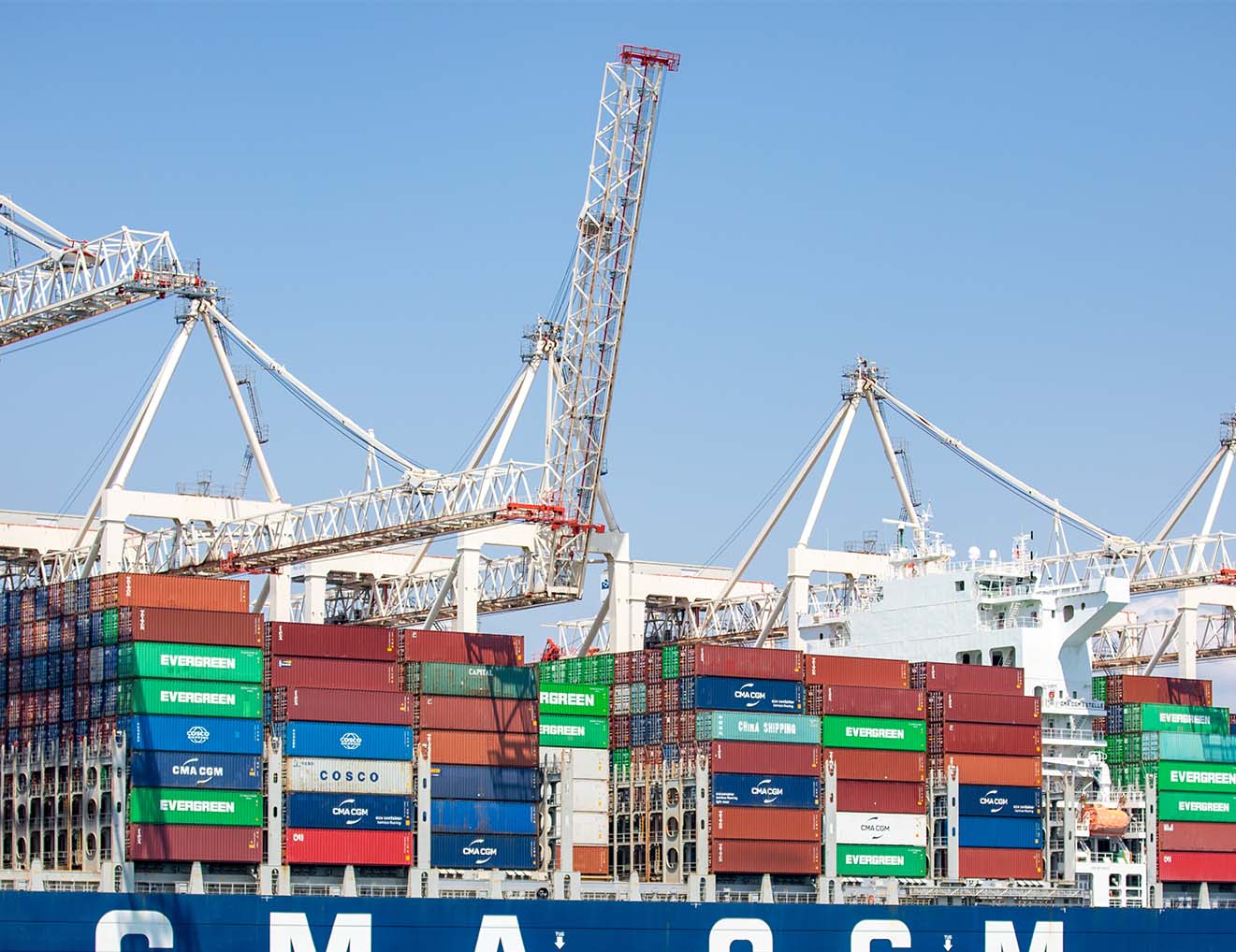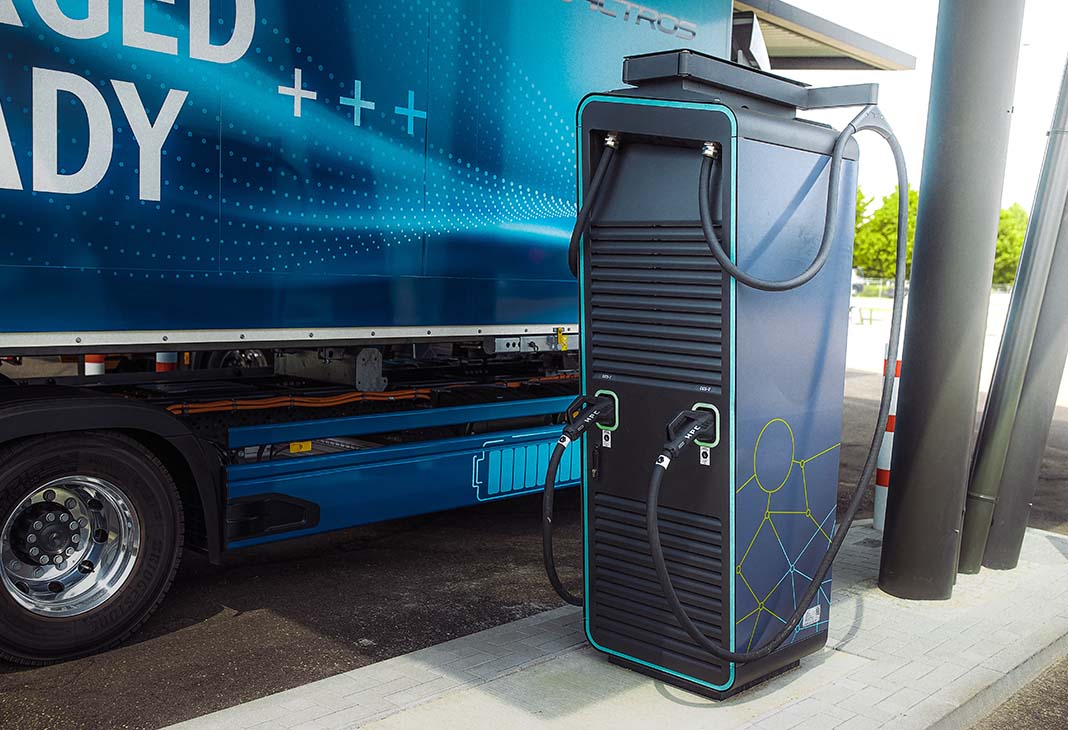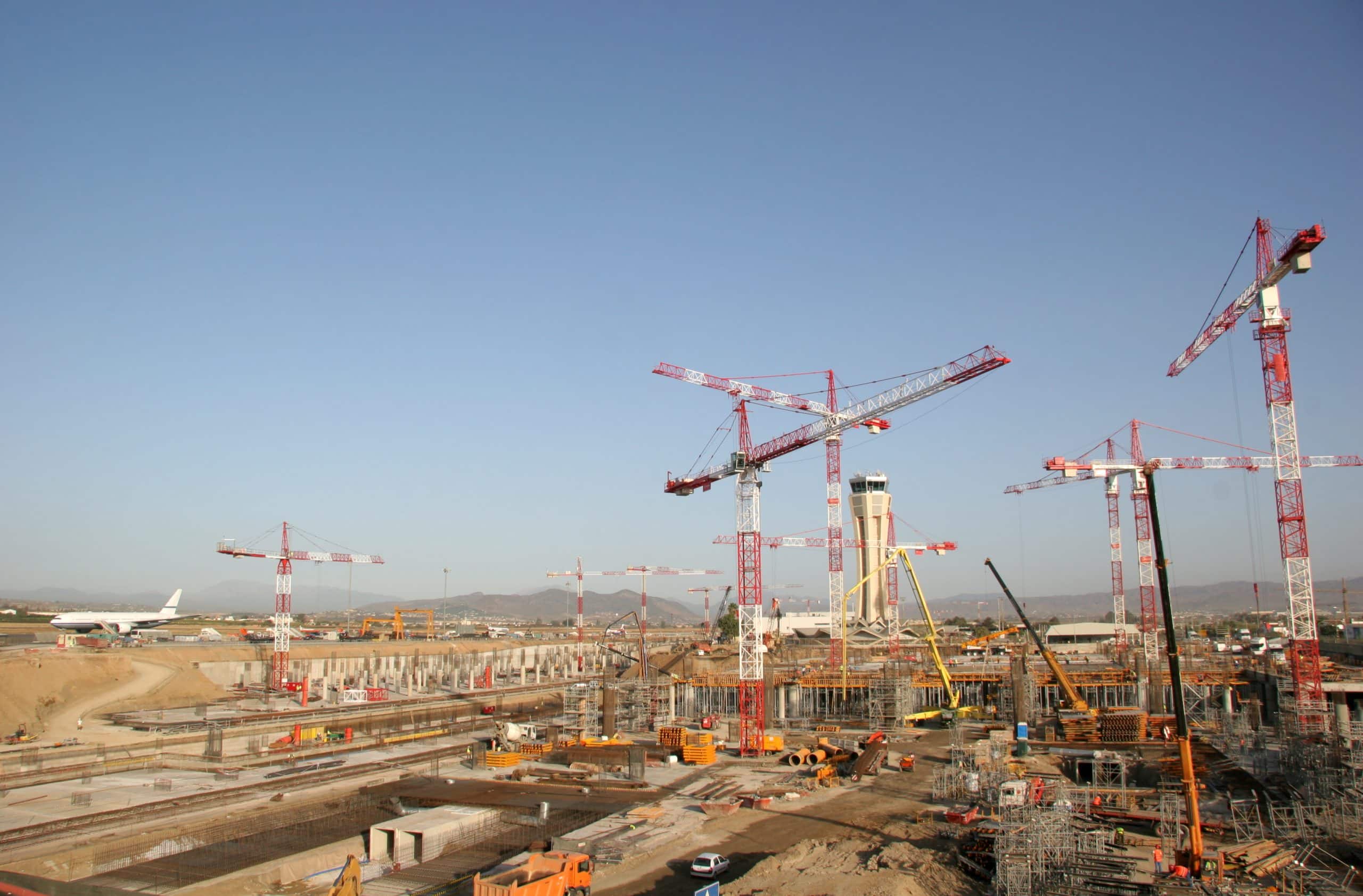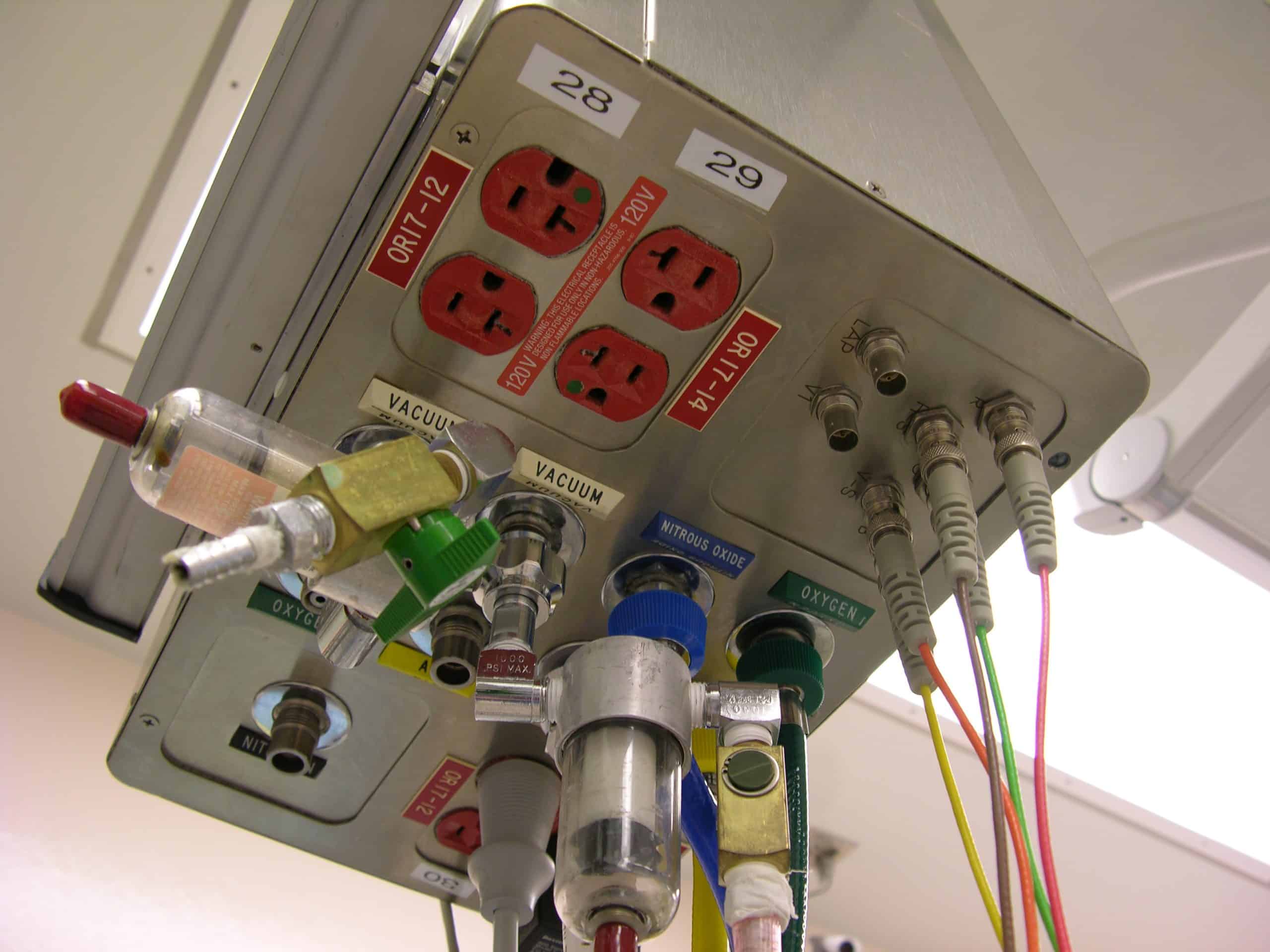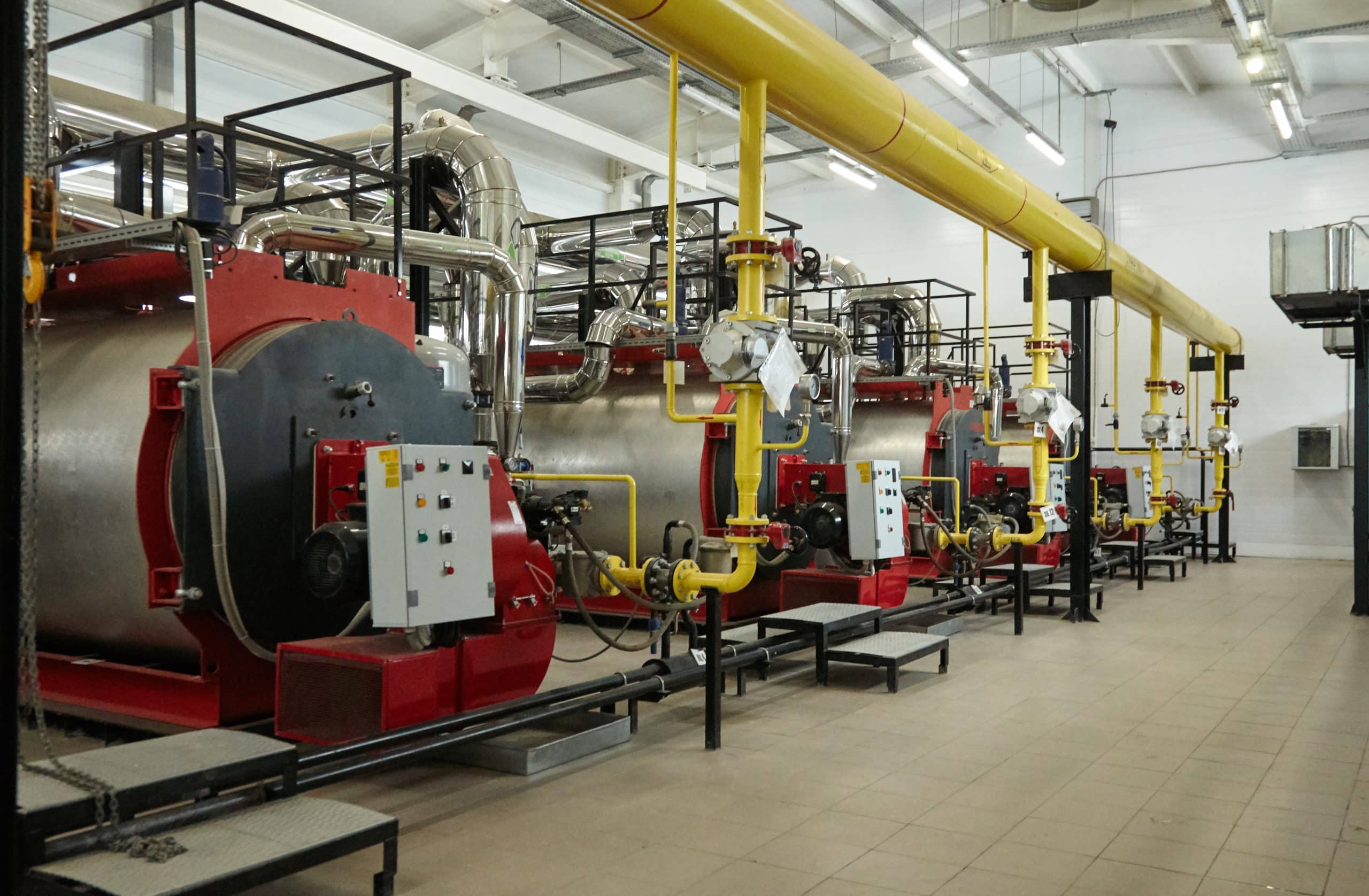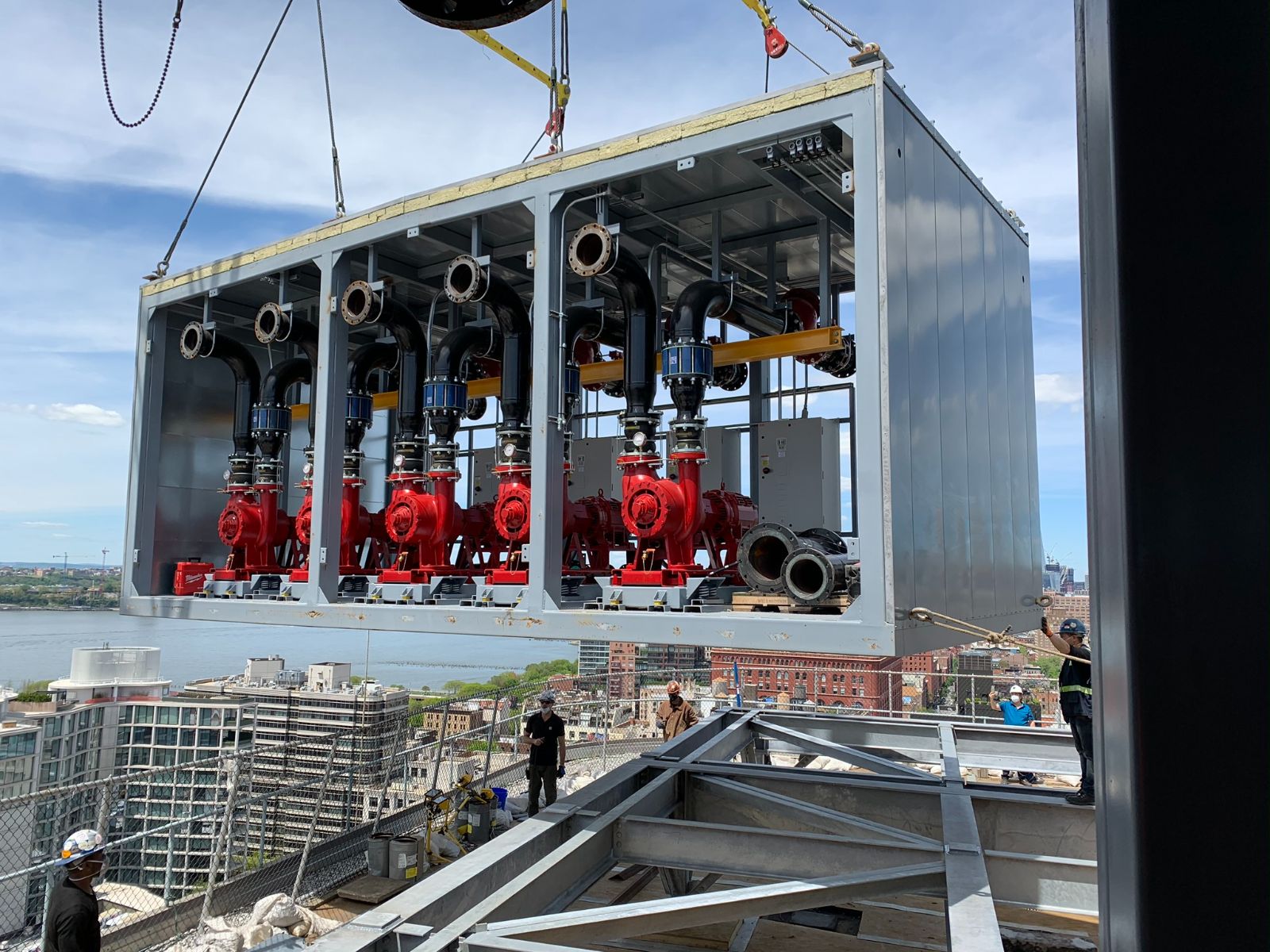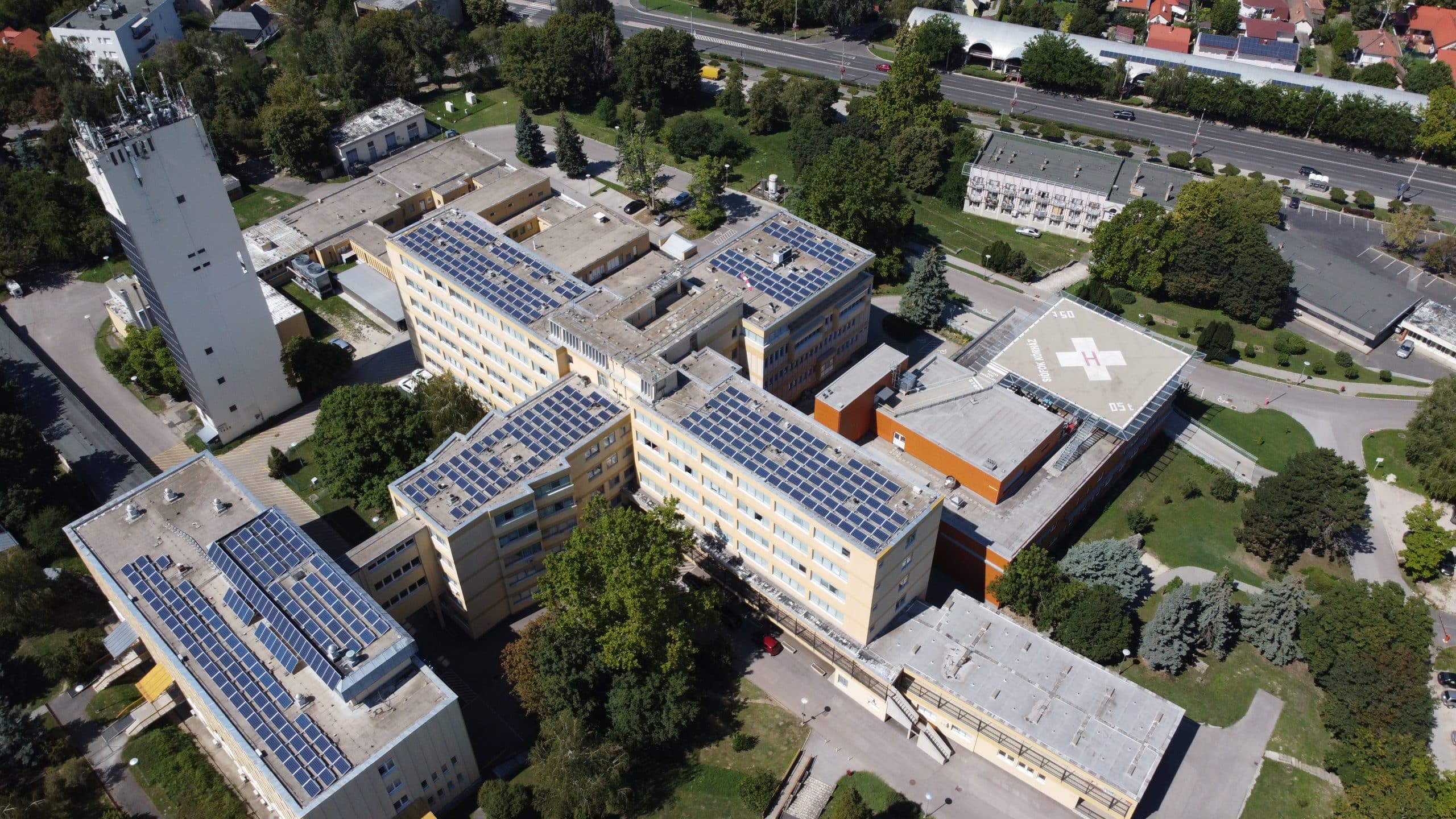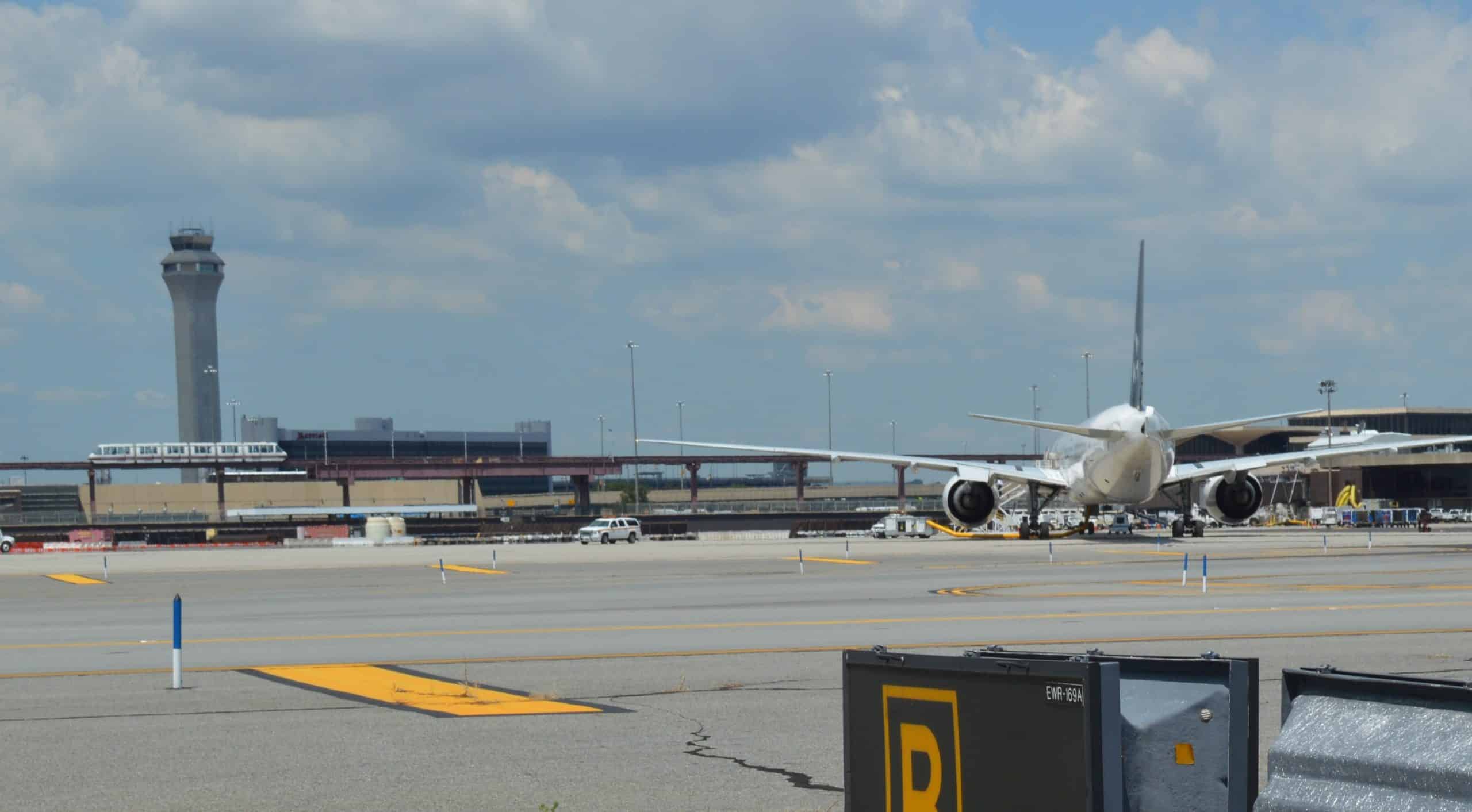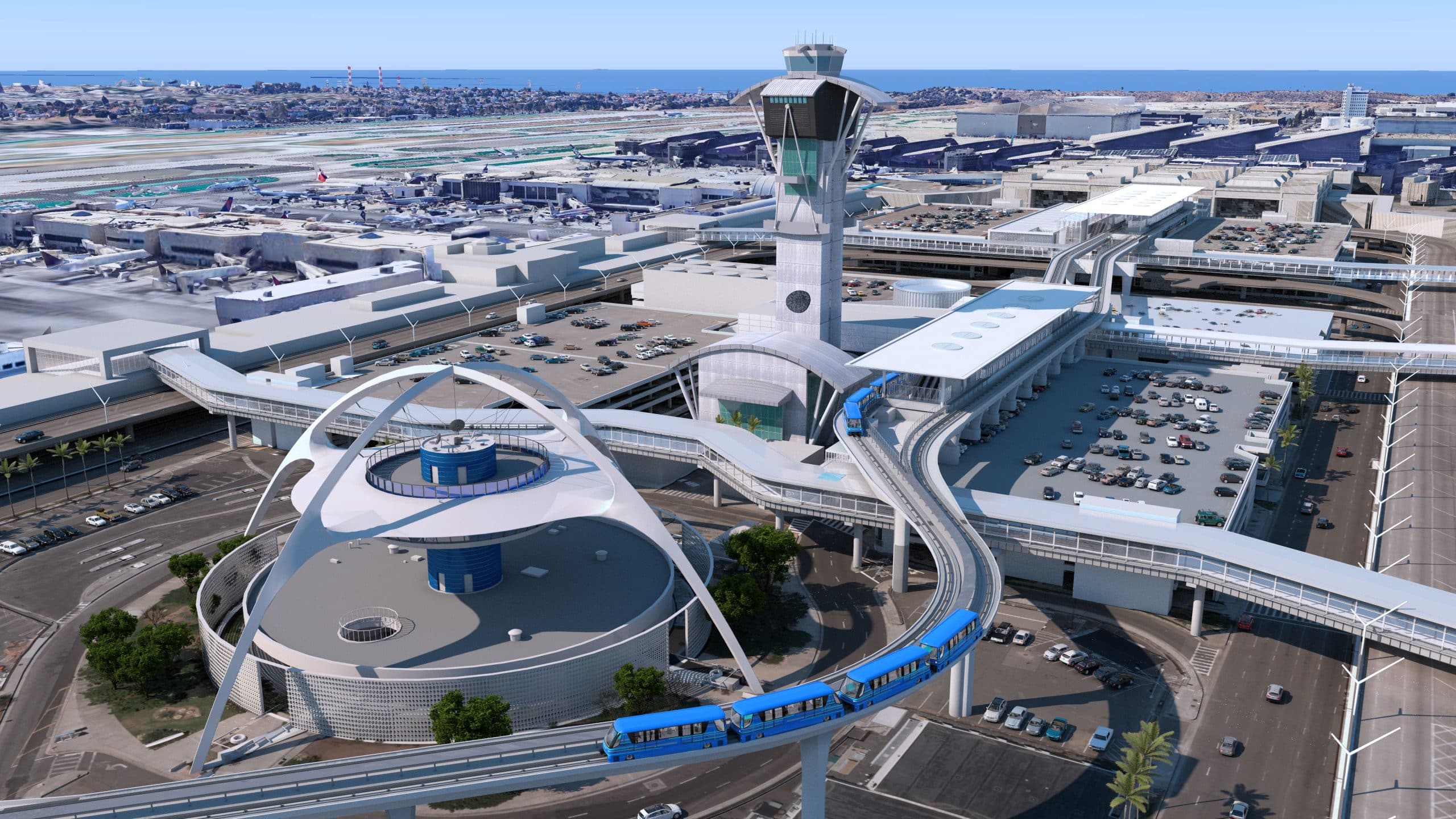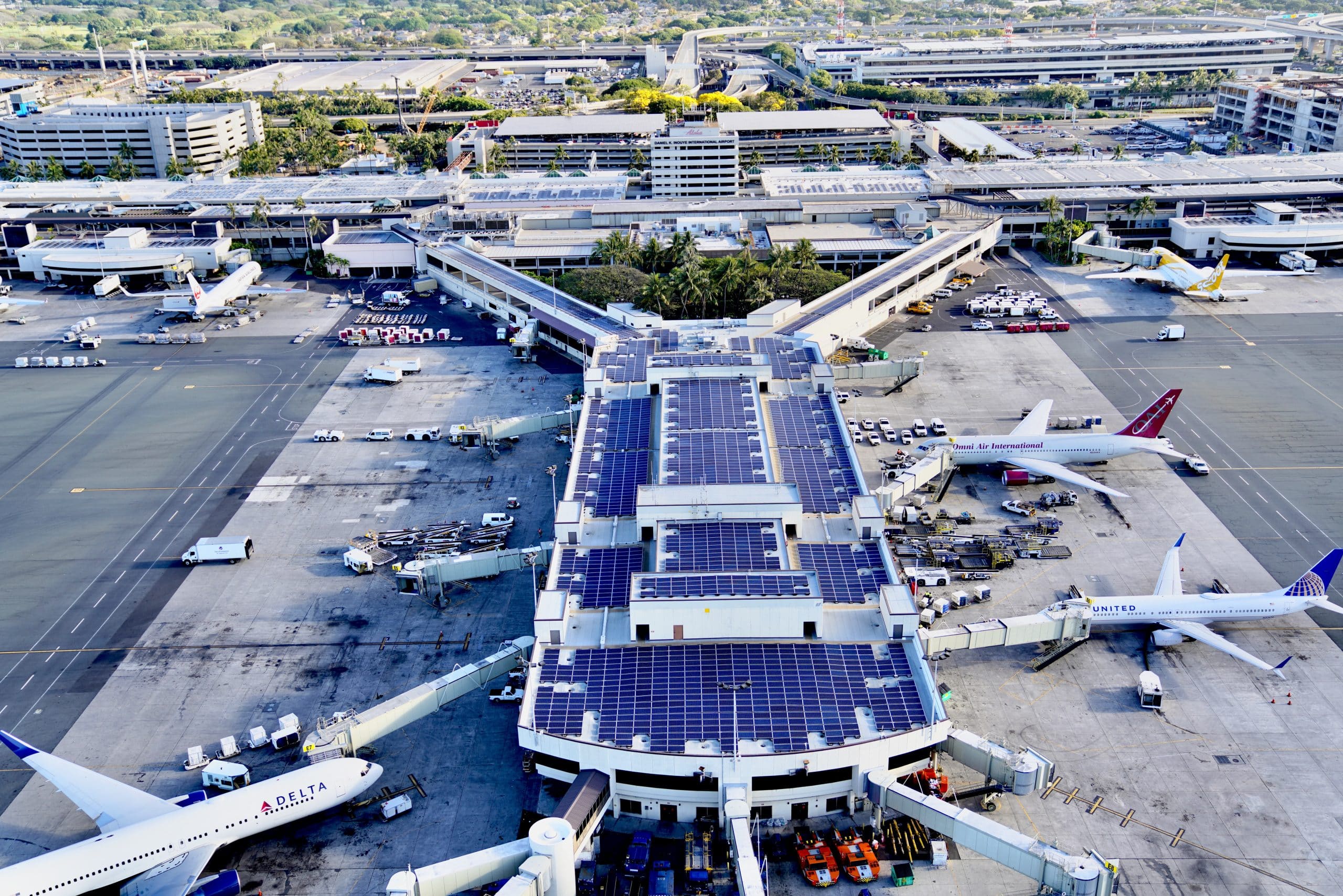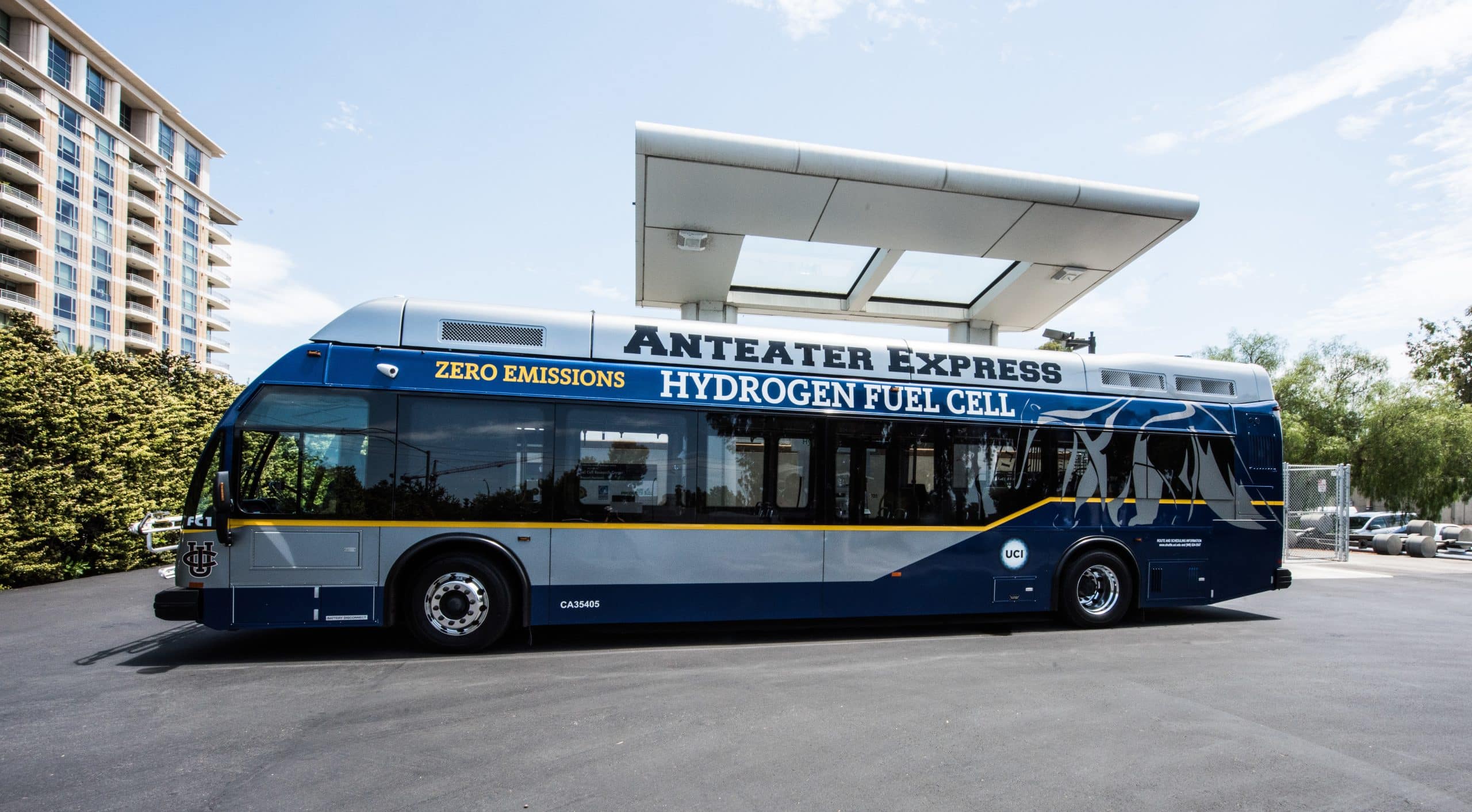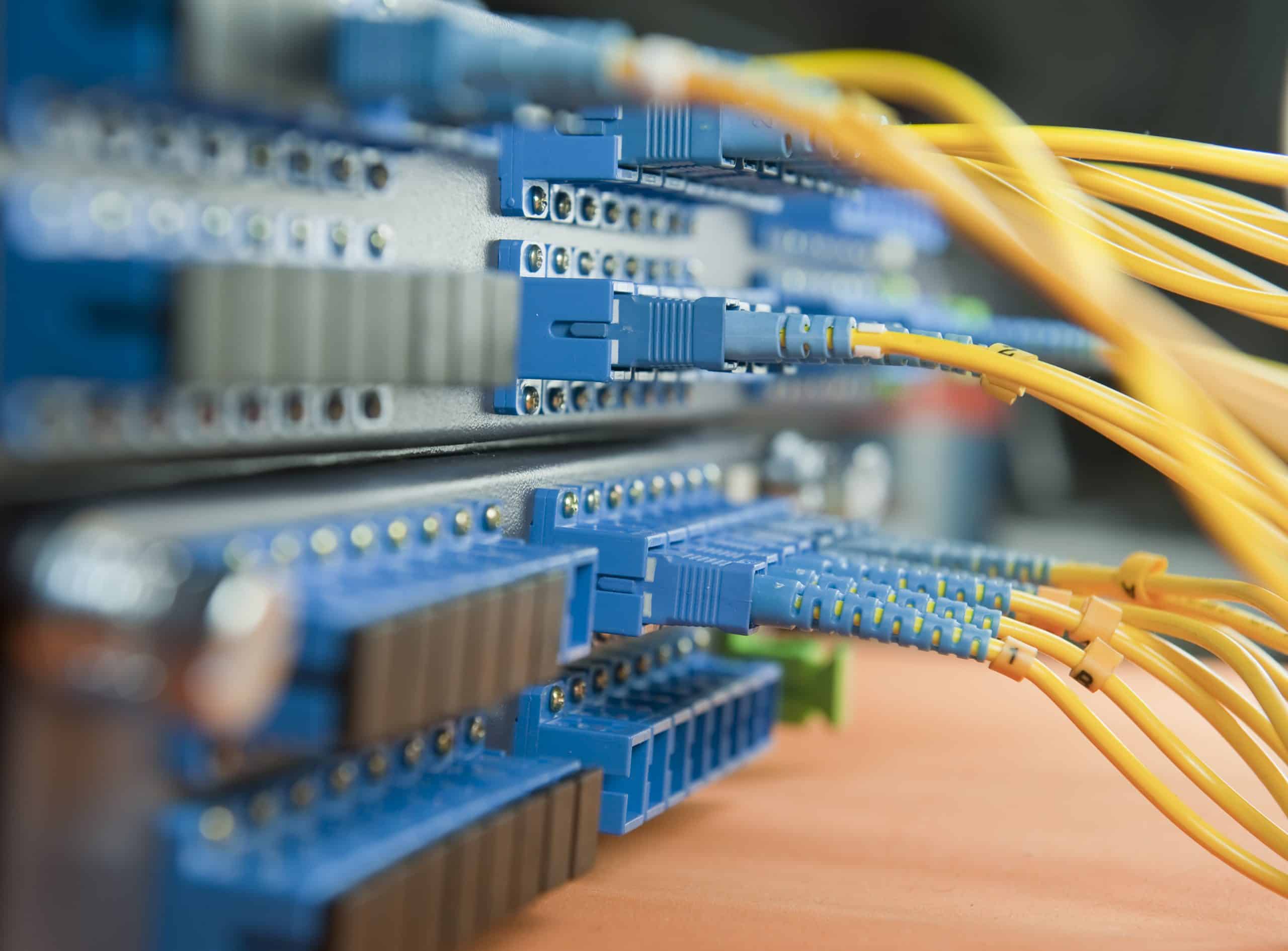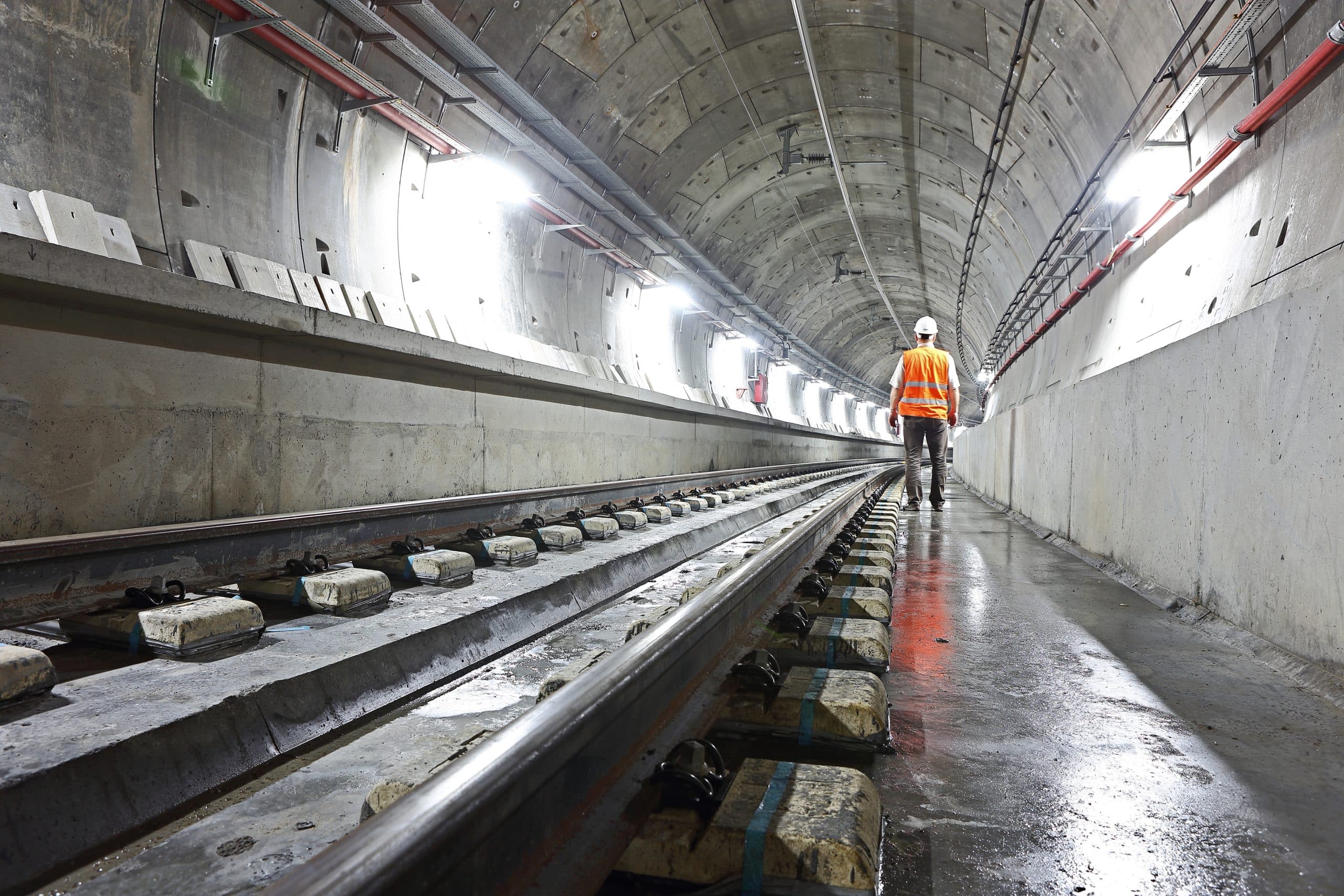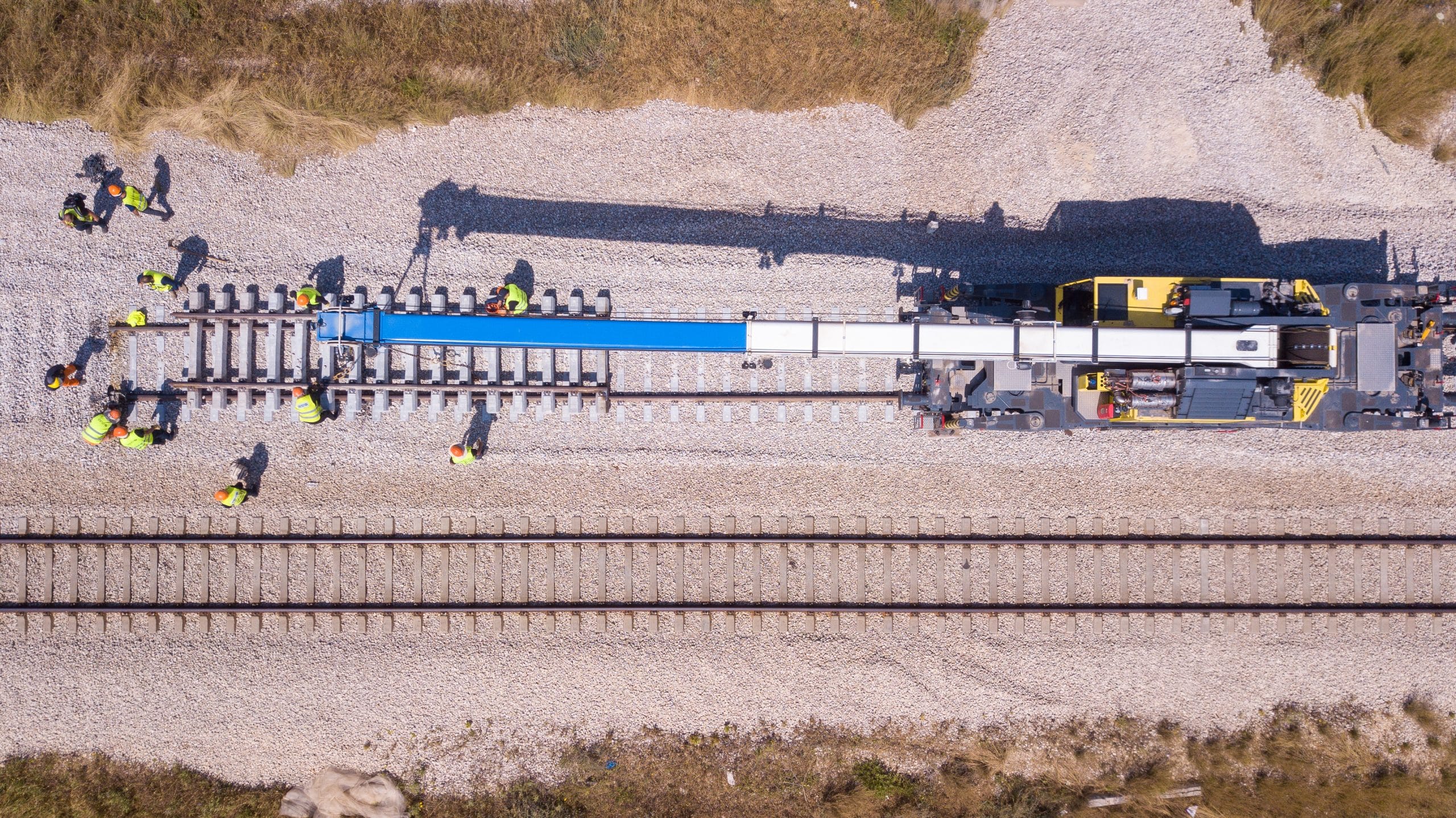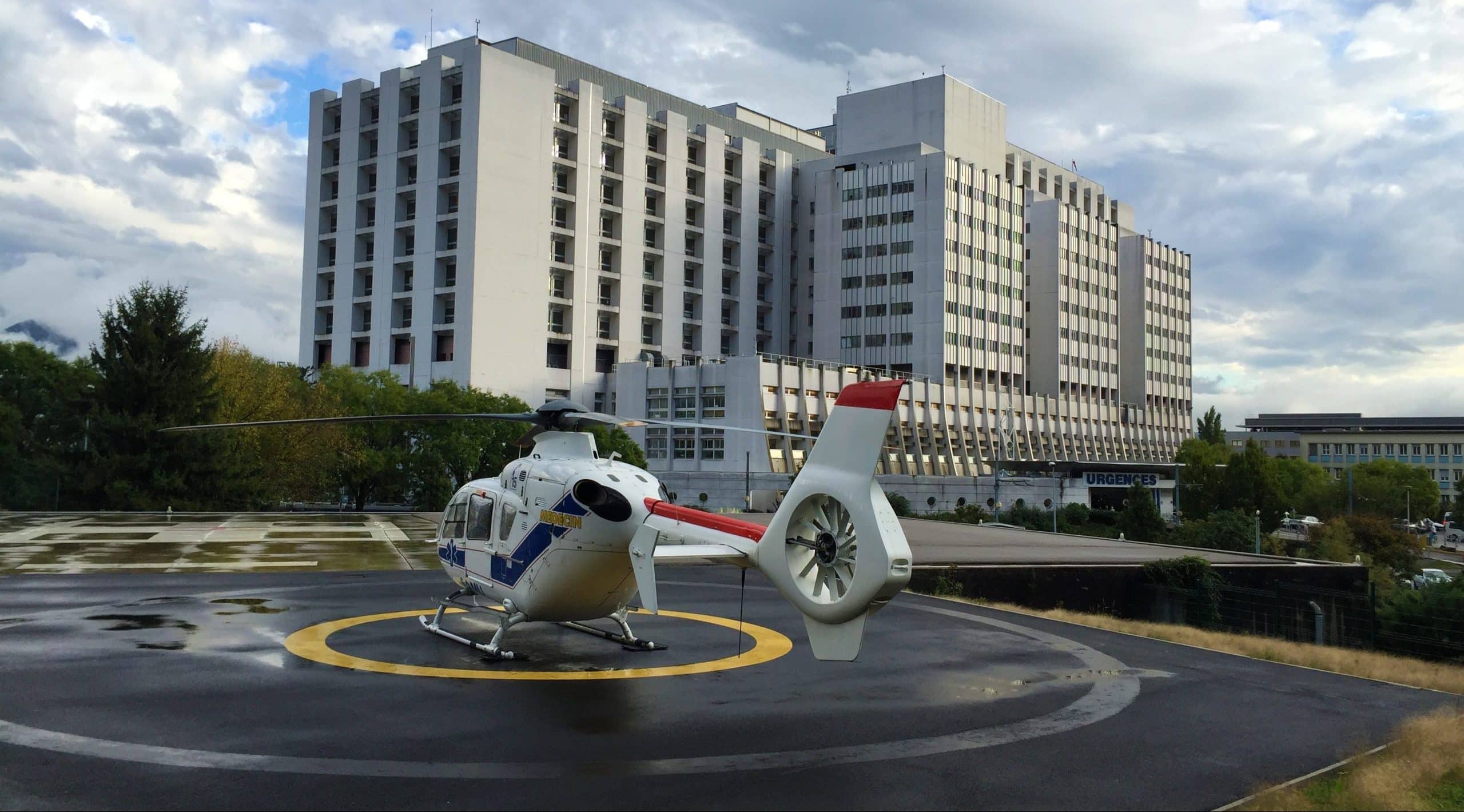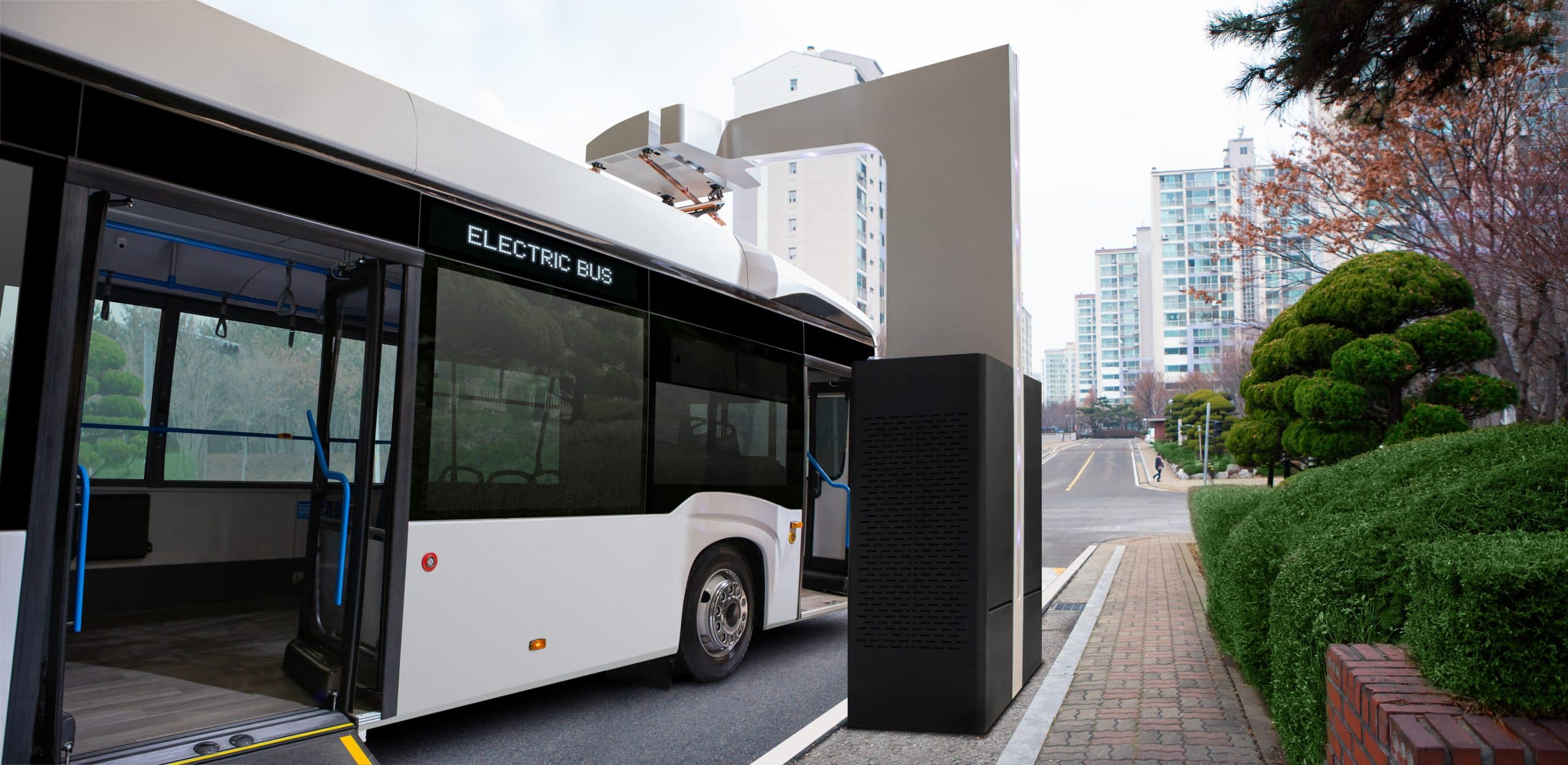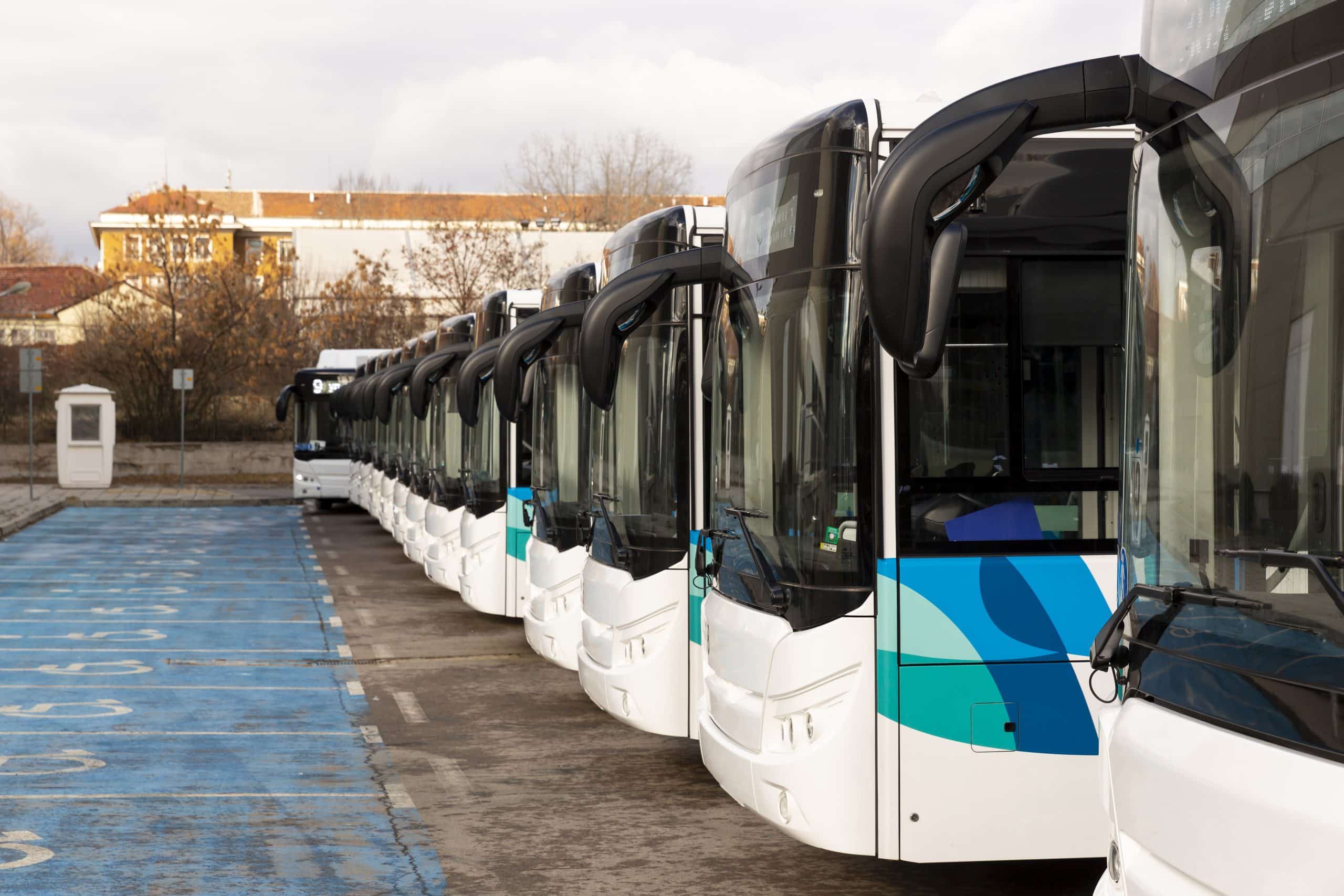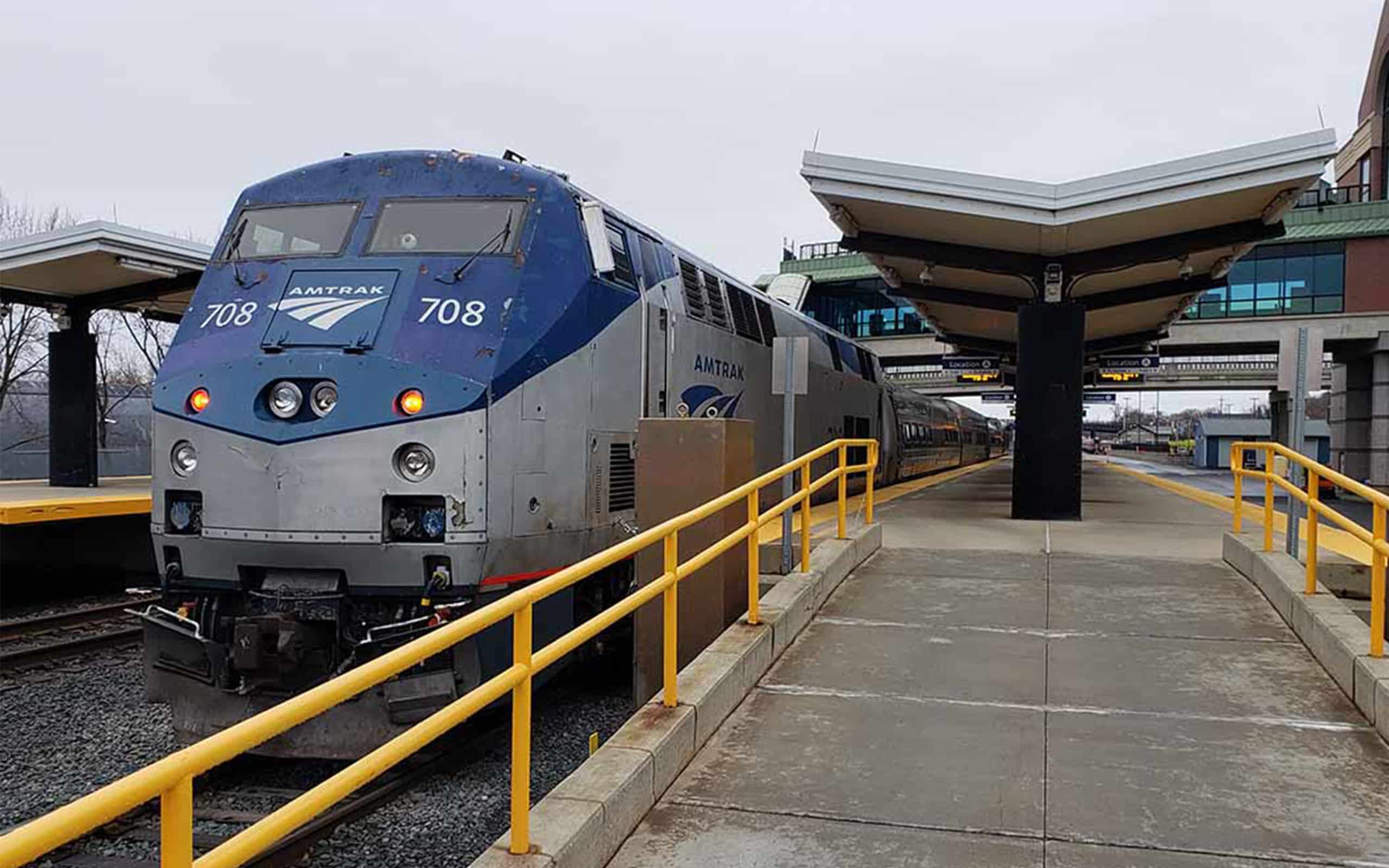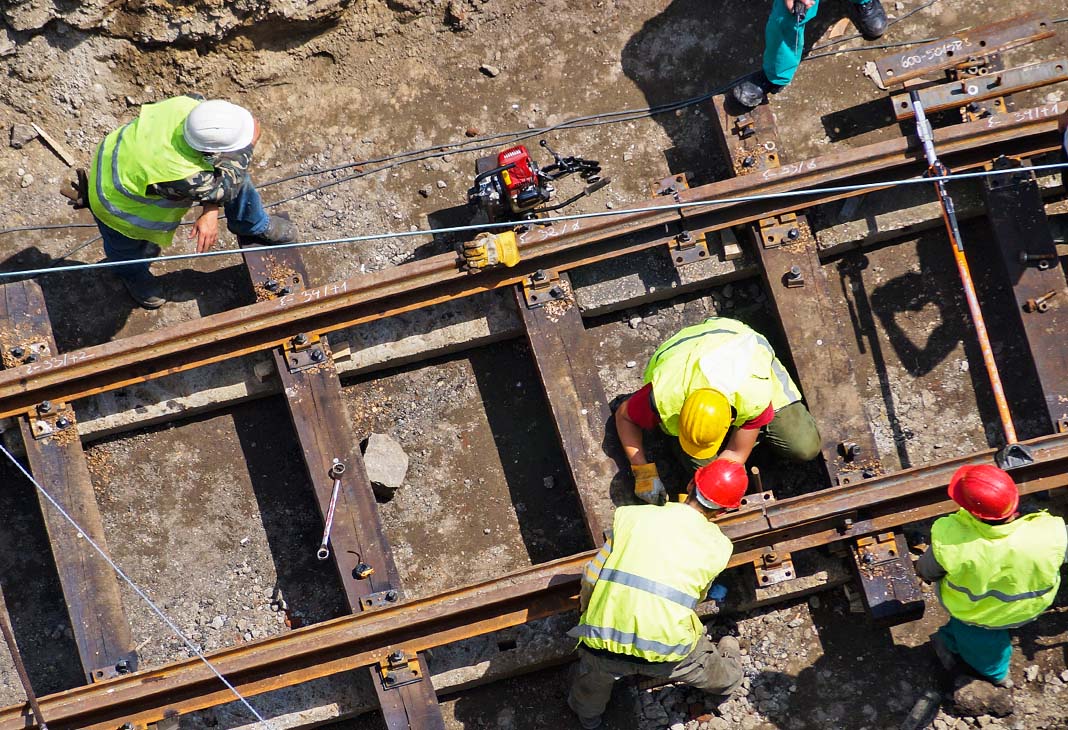Burns
Battery Energy Storage Systems Are Smart College Investments
BESS installations can produce significant financial savings, improve energy reliability, and enhance campus sustainability
Battery Energy Storage Systems for College Campuses
Technology advancements make BESS an increasingly attractive solution. Learn how BESS can be used to improve campus sustainability and reduce operating costs.
Signaling Design Best Practices Formalized in Rail Industry’s Updated Recommendations
AREMA’s Communications and Signals Manual clarifies how cross-bonding design can avoid risk of train-to-train collisions
Amtrak Rolls Out Secure Positive Train Stop Release Controls
High-Performance Lab Ventilation Systems Lower Costs, Protect Workers
Fire Suppression Strategies for Maintaining Safety, Protecting Critical Equipment
Integration Laboratories Expedite Airport Technology Deployment
Power Hungry? Supplement the Grid with Distributed Energy Resources
The Electric Vehicle Transition Relies on Structurally Sound Solutions
Structural engineers are developing solutions to support the weight of electric vehicles and charging infrastructure
Editorial Published in Structure Magazine
How Healthcare Systems Can Bolster Hospital Resilience
Resilience improvements are becoming essential as natural disasters grow in severity and occurrence
Transparent Display Technology Transforms Spaces from Monotonous to Illustrious
State and Federal Oversight Agencies Collaborate for Transit System Safety
Federal Transit Administration’s Project Management Oversight Contractors assist transit systems uphold the safety and security of new capital projects.
Low-Carbon Flights Are Approaching. Will Airports Be Ready?
Sustainable Aviation Fuel (SAF), electric aircraft, and hydrogen-fueled technologies each require unique infrastructure strategies.
Combined Heat and Power Plants Are the Microgrid’s Beating Heart
Better Asset Management through Building Information Modeling (BIM)
BIM tools can create a living model to inform operations and maintenance and to optimize future capital improvements
Transit Agencies Lay Groundwork for Zero Emission Bus Fleet Overhaul
After years of testing electric bus technologies, massive capital programs are overhauling agency fleets and facilities
Neonatal and Delivery Unit Lighting Goes from Too Bright to Just Right
Adjustable lighting systems consider the different and changing needs of newborn infants, birthing women, family members, and professional staff.
Burns Webinar: From Zero to 100, Progress & Challenges as Zero-Emission Bus Programs Reach Scale
Resilient Networks Essential for Next-Generation Railways
The transportation sector’s growing dependence on uninterrupted broadband communications heightens the criticality of system resilience.
Guide to Planning Hospital Resilience
Hospitals must prepare for an increasingly uncertain future. Extreme weather events, utility outages, and supply chain disruptions are occurring with greater frequency and intensity.
Distributed Antenna Systems Overcome Radio Signal Obstructions, Enhance Public Safety
Close collaboration with relevant authorities is crucial for delivering compliant, cost-effective in-building radio frequency signal coverage




